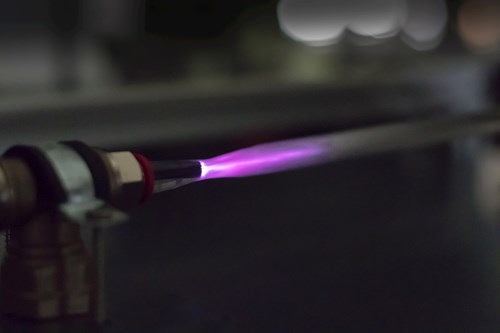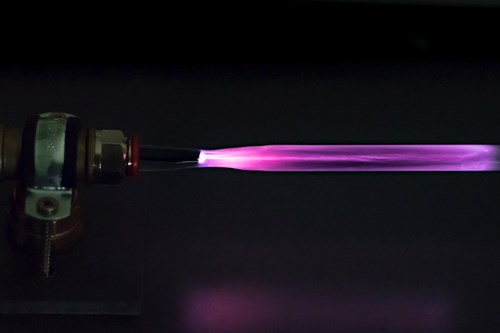Researchers from Brno use plasma to remove microorganisms and chemical residues from water
Researchers from our faculty participated in the development of a new technology for water purification using low-temperature plasma. The device can remove chemical residues such as oestrogens from contraceptive products and kill pathogenic microorganisms such as cyanobacteria and bacteria. Until now, similar devices have only been produced at laboratory scales; however, the new invention has the potential to handle large volumes of water, making it a practical option for real-world applications. Researchers are now looking for an investor for the CaviPlasma technology, which is now protected by a Czech patent.
14 Jan 2021
Mgr. Iveta Hovorková, VUT

Photo: Jan Prokopius, VUT
“Currently, water contamination is a big problem; whether we are talking about wastewater, utility water or drinking water. For example, waters may contain pathogenic microorganisms, typically cyanobacteria in near surface waters, while sewage may be contaminated with drug residues or oestrogens from contraceptive products. Wastewater treatment plants presently use a biological treatment process; however, this cannot break down everything”, explained Pavel Rudolf from the Faculty of Mechanical Engineering at the Brno University of Technology.
Pavel Rudolf and his team have been researching possibilities of water purification for 15 years using hydrodynamic cavitation, a physical phenomenon in which steam bubbles can appear in the water, similar to boiling, by reducing the pressure. When the bubbles turn back into a liquid, it is such a dramatic collapse that the radiated pressure wave is able to rupture some microorganisms and thus neutralise them. In addition, it temporarily changes the chemical composition of the liquid causing hydrogen peroxide to be formed, which acts as a disinfectant. These effects are well known and have been used in the past for water purification in laboratories. “The problem is that cavitation alone is not very effective. Up until now it has only been used in the laboratory for volumes in the order of millilitres or litres. In addition, the liquid must go through a series of cavitation cycle, sometimes up to a hundred times. This is, of course, unusable in industrial practice”, explained Pavel Rudolf.

Photo: Jan Prokopius, VUT
From litres to tens of thousands of litres
Researchers from the Faculty of Mechanical Engineering joined forces with Pavel Sťahel’s team at Masaryk University and added a low-temperature plasma discharge to the cavitation process. It worked. “It’s surprising how efficiently liquids can be treated with this technology. After testing the cavitation plasma nozzle at flows of around a thousand litres per hour, including its efficiency at treating the water, tests for ten times larger fluid flows followed, and the device still worked well. At present, we have managed to expand the zone where the plasma discharge is generated tenfold, which has made the plasma treatment of liquids even more efficient. When we consider that technologies up till now have only worked on plasma treatment at flow rates in the order of litres per hour, this invention can be considered a real success”, said Pavel Sťahel from Masaryk University’s Faculty of Science.

Photo: Jan Prokopius, VUT
It was clear that the device was physically working. In order to verify how effectively it eliminated water contaminants, however, experts from the Institute of Botany at the Czech Academy of Sciences were brought into the research team. Samples prepared by them were decontaminated at a newly built facility and returned for evaluation at the Academy of Sciences. “Our team also participated in the development of this method as regards the removal of psychotropic drugs, pesticides, bacteria, fungi, algae and viruses, which would give the method real potential for use in water pre-treatment and wastewater treatment; in laundry and treatment plant technologies, e.g. in hospitals where infectious contamination is expected and in pharmaceutical and pesticide production plants, where it can decompose contamination during production, allowing large volumes of water to be recycled; indeed, wherever there is a need to reduce contamination such that wastewater can be discharged into sewers and the like. The latest results show that passing drinking water through the cavitation and plasma equipment prevents microorganism growth for over six months, making this a practicable system for many areas, including energy and heating systems or in spas, swimming pools or wellness centres”, explained Blahoslav Maršálek from the Institute of Botany at the Czech Academy of Sciences.
An investor is being sought
In addition to its high efficiency, the overall performance of the new technology is also important. “We have built three of these devices in different sizes. All of them have been tested and we can confirm that the principle works equally well at small- or large-scales, which is essential for its use in practice. We can currently treat tens of cubic meters of water per hour, making it no longer an academic exercise but an industrially usable device”, added Pavel Rudolf.
An investor is now being sought who could turn the technology into a marketable product. According to Rudolf, operation of the equipment is relatively cheap and production costs could be in the order of tens to hundreds of thousands of crowns, depending on its size; thus, the technology would be relatively affordable for customers.
The invention has been protected by a Czech patent since last September and an international patent application is being filed. This should allow any future manufacturer to protect the technology in countries whose markets it considers to be key. In December, the invention was announced as the ‘best Transfera Technology Day 2020 project’, an award organised by the Transfera.cz Association, in cooperation with the CzechInvest agency, with the aim of connecting Czech science and the business environment.
Press conference photogalery (January 12, 2021)
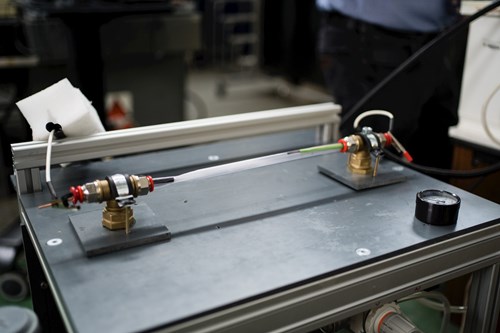
Author: Jan Prokopius, VUT
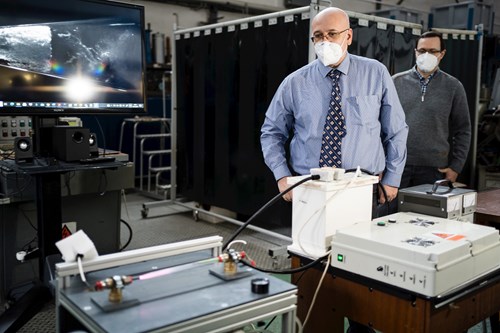
Author: Jan Prokopius, VUT
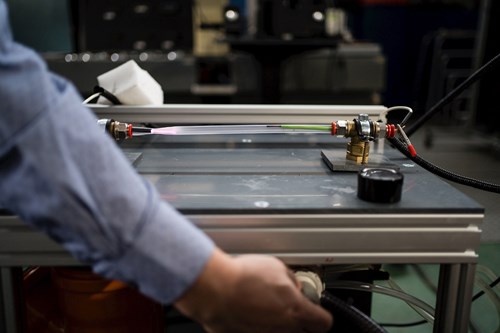
Author: Jan Prokopius, VUT
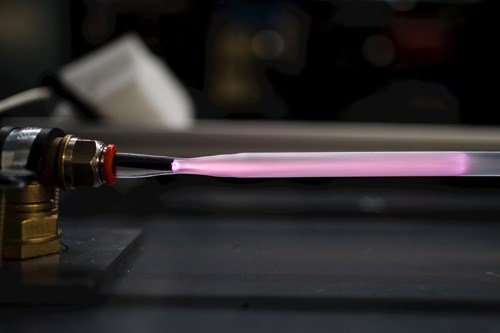
Author: Jan Prokopius, VUT
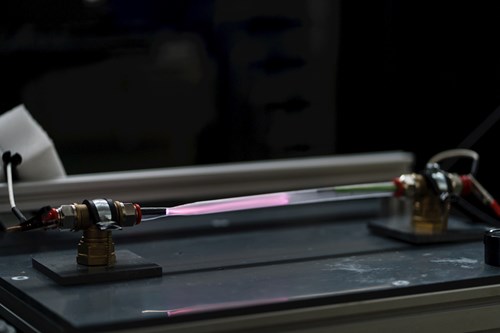
Author: Jan Prokopius, VUT
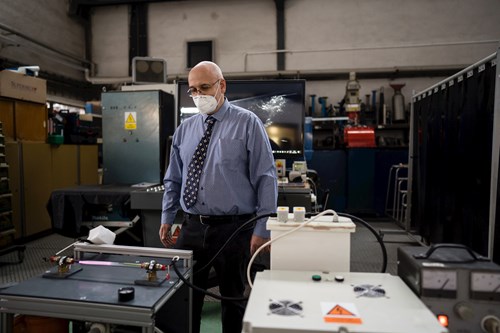
Author: Jan Prokopius, VUT
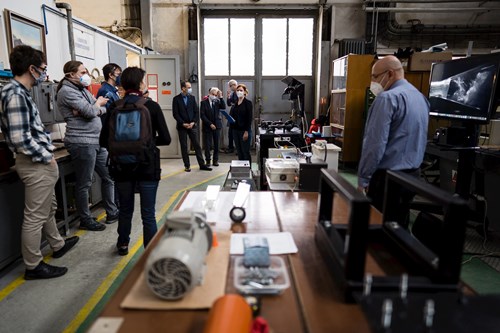
Author: Jan Prokopius, VUT
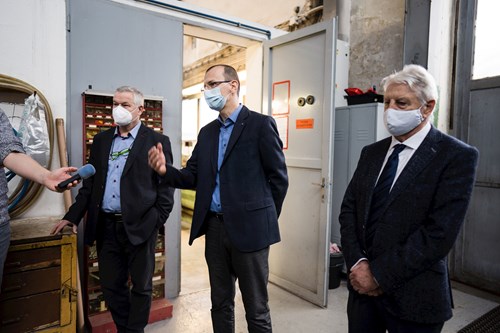
Author: Jan Prokopius, VUT
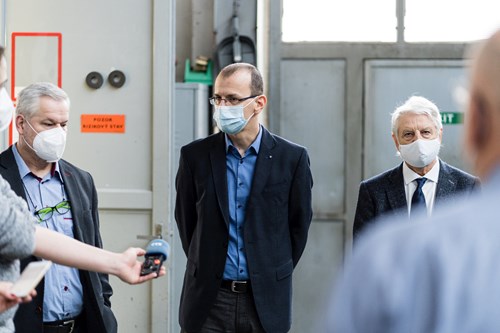
Author: Jan Prokopius, VUT
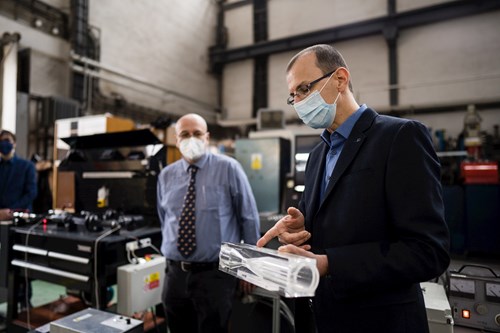
Author: Jan Prokopius, VUT
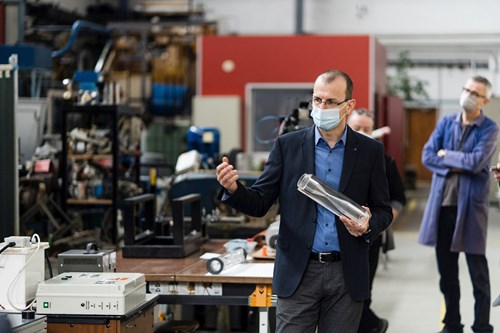
Author: Jan Prokopius, VUT
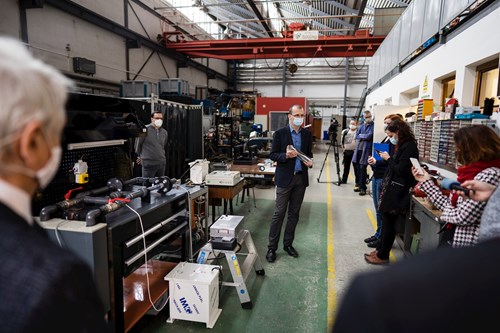
Author: Jan Prokopius, VUT
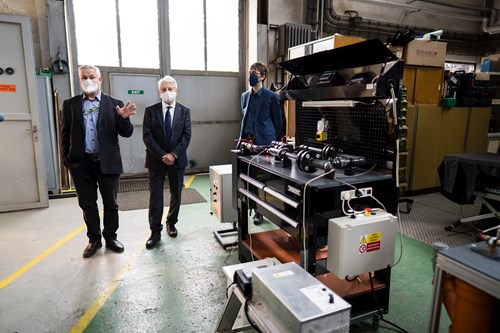
Author: Jan Prokopius, VUT
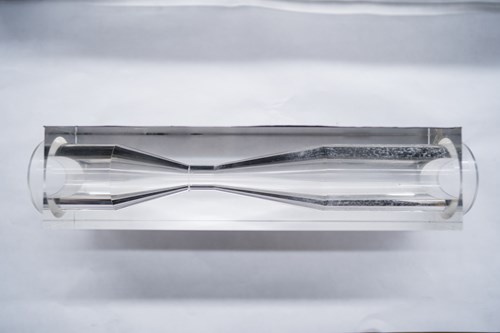
Author: Jan Prokopius, VUT
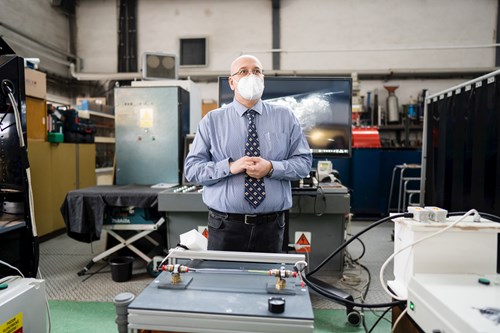
Author: Jan Prokopius, VUT
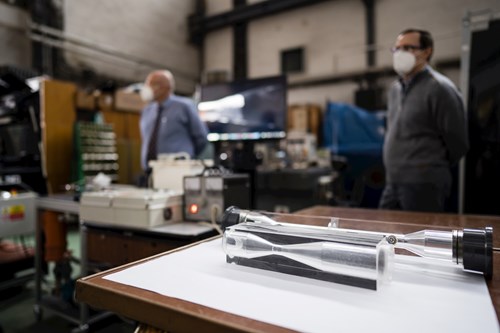
Author: Jan Prokopius, VUT

Author: Jan Prokopius, VUT
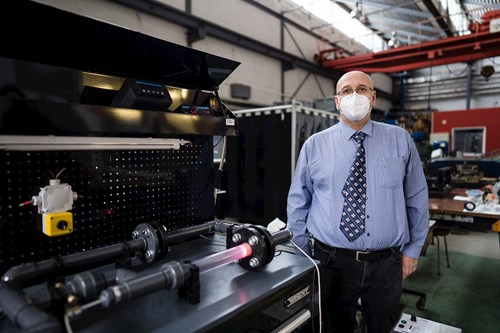
Author: Jan Prokopius, VUT
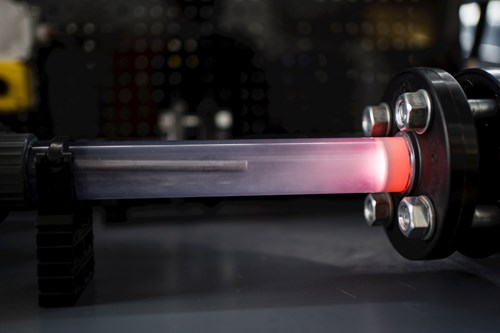
Author: Jan Prokopius, VUT
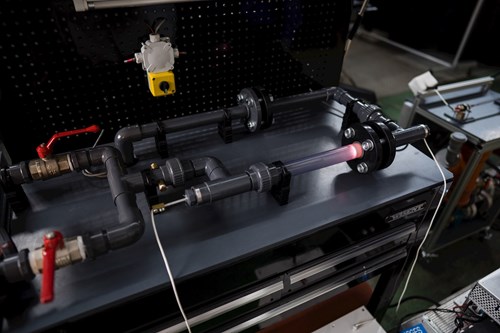
Author: Jan Prokopius, VUT
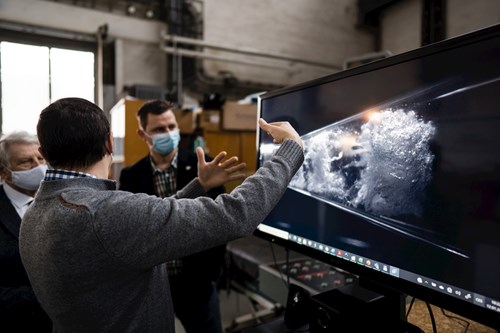
Author: Jan Prokopius, VUT
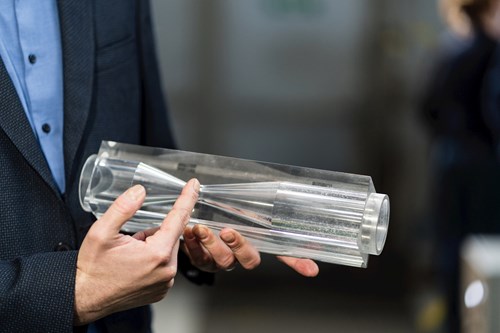
Author: Jan Prokopius, VUT
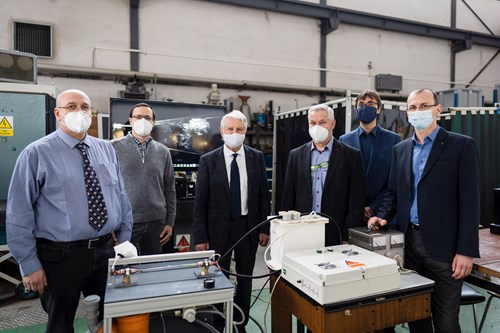
Author: Jan Prokopius, VUT
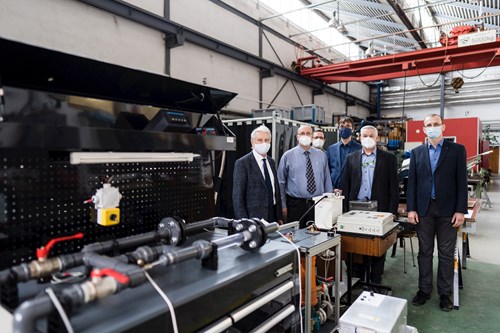
Author: Jan Prokopius, VUT




























